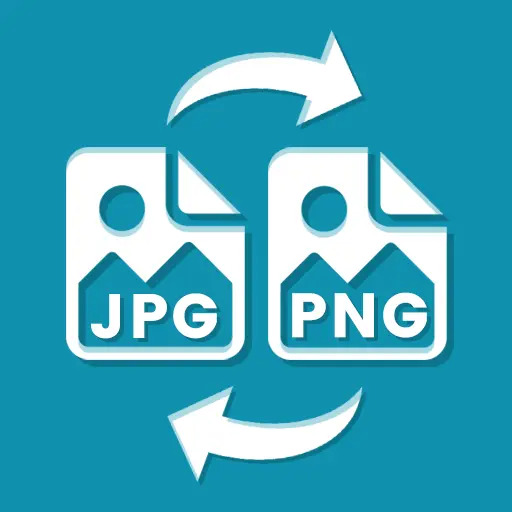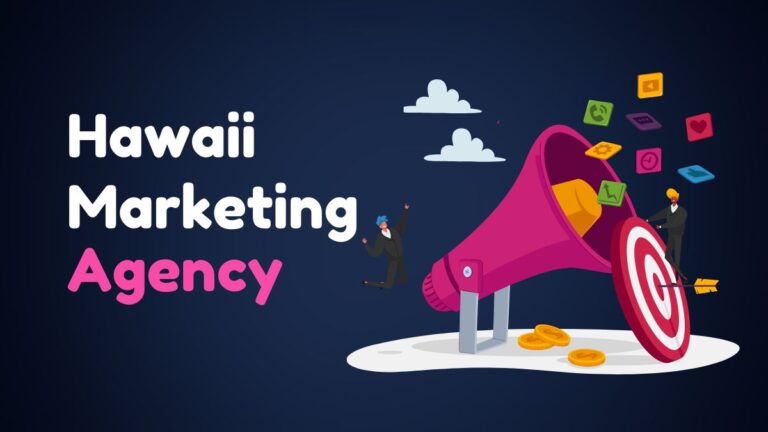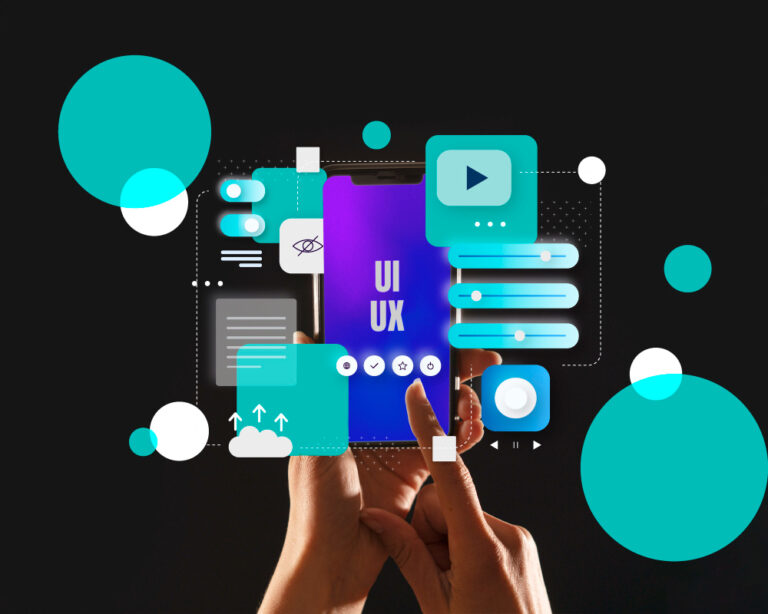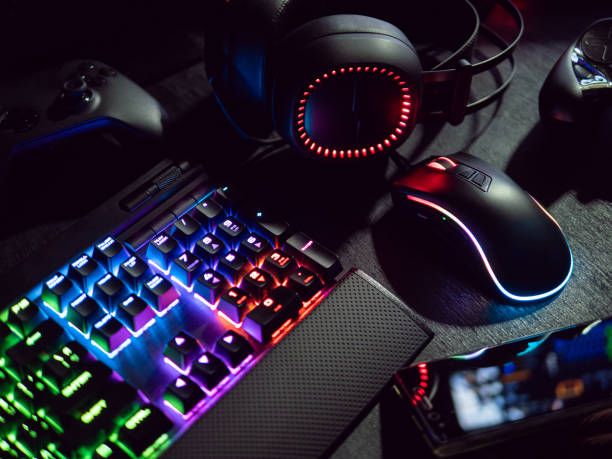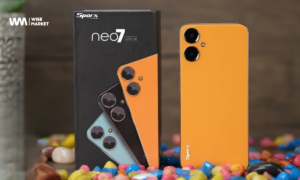JPG To PNG Converter
PNG vs. JPG File Format Effects on SEO
Introduction
Particulars count when it comes to search engine optimization (SEO) and digital marketing. The file format of the pictures you use on your website is one example of such an element. Selecting between JPG and PNG might significantly affect your search engine optimization efforts. It may also have an impact on the speed at which pages load, picture quality, and user experience. This article explains the differences between JPG and PNG file types, how search engine optimization is affected by both, and which is preferable for your website. Additionally, it provides a guide on how to use a JPG To PNG Converter effectively to optimize your images for better SEO performance.
The Importance of File Formats for SEO
Images are necessary to deliver visually appealing content and to boost user engagement. However, when it comes to SEO, the file structure of these photos is very important. Search engines favor websites that load quickly, and the size of an image file influences how quickly a page loads. Moreover, image clarity and quality influence user experience, which influences SEO metrics like average session duration and bounce rate. Therefore, you must understand the effects of different picture formats if you want to optimize your website’s SEO performance.
Understanding JPG and PNG Formats
PNG and JPG are two of the most widely used picture formats on the internet. Joint Photographic Experts Group, or JPG, files are renowned for their lossy compression, which lowers file size at the expense of some image quality. Photographs and intricate images with plenty of colors and gradients work best in this format.
Lossless compression is used by PNG, or Portable Network Graphics, which results in bigger file sizes but preserves image quality. PNGs work great for logos, images with translucent backgrounds, and graphics that need to have a lot of detail and crisp edges.
Compression and Quality
Compression is a key factor in determining the suitability of JPG or PNG for your website. JPG uses lossy compression, meaning some data is permanently lost during compression, resulting in smaller file sizes but potentially lower image quality. This is often not noticeable with photographs but can be detrimental to images with sharp edges or text.
On the other hand, PNG uses lossless compression, retaining all the original image data. This results in larger file sizes but ensures that image quality is preserved, which is crucial for images where detail is important.
For SEO, the balance between file size and image quality is critical. Smaller file sizes contribute to faster loading times, a crucial ranking factor for search engines. However, if the image quality is too low, it can detract from user experience, negating the benefits of faster load times.
Loading Speed
Page loading speed is a vital component of SEO. Search engines like Google use page speed as a ranking factor, and fasterloading pages are more likely to rank higher in search results. Since images often make up a significant portion of a webpage’s total size, their impact on loading speed is considerable.
JPG images, with their smaller file sizes due to lossy compression, typically load faster than PNG images. This makes JPG a preferred format for large photographs and images where a slight loss in quality is acceptable. Conversely, PNG’s larger file sizes can slow down page loading times, potentially harming SEO if not managed properly.
To optimize loading speeds while maintaining quality, consider using tools to compress images further without noticeable loss in quality. For example, image compression tools can reduce the file size of PNGs, making them more suitable for web use.
Browser Compatibility
Another important aspect of image formats is browser compatibility. While modern web browsers support both JPG and PNG formats, there are differences in how they handle these images. JPG is widely supported and performs consistently across all browsers, making it a safe choice for most websites.
PNG is also widely supported but may not be as efficient in older browsers or under certain conditions, such as when transparency or alpha channels are used extensively. However, for the most part, PNG is reliable and performs well in contemporary web environments.
Ensuring that your images are compatible with all browsers is essential for providing a seamless user experience, which can positively influence SEO metrics like time on site and bounce rate.
SEO Best Practices for Images
To optimize images for SEO, use descriptive filenames with keywords to help search engines understand the content. Provide descriptive alt text for accessibility and improved SEO. Ensure images are responsive to enhance the user experience on mobile devices. Implement lazy loading to improve page load times by loading images only when they are visible in the viewport. Include images in your sitemap to aid search engine indexing, and use structured data to give additional context about your images. By following these practices, you can significantly boost your images’ SEO performance regardless of the file format.
Conclusion
It could be difficult to decide between JPG and PNG because each format has benefits and drawbacks. Because JPG has smaller file sizes and loads faster, it’s the best format to use for most web pictures, especially photos. Because PNG has better transparency and image quality than other formats, it is the format of choice for logos, icons, and images that need a lot of information. Utilizing a JPG To PNG Converter tool can be particularly useful when you need to switch formats to suit specific needs. Because file format influences user experience, website load times, and search engine ranks, it has a significant effect on search engine optimization, or SEO. By understanding the benefits and drawbacks of JPG and PNG and putting best practices for image optimization into practice, you can enhance the SEO performance of your website and provide consumers with a better experience.


